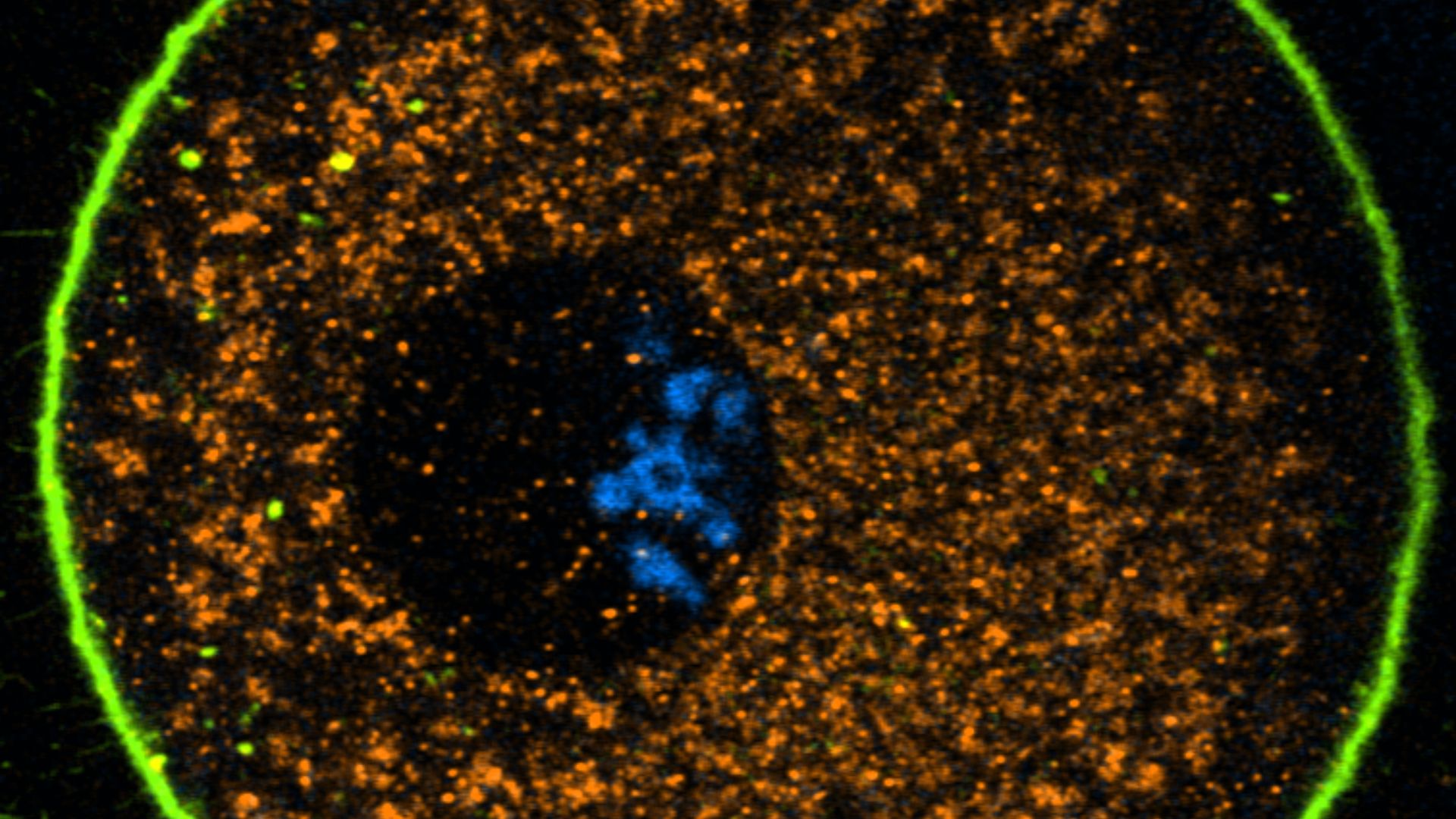Human eggs possess an incredible resilience, staying dormant for up to decades until called upon...

Human eggs possess an incredible resilience, staying dormant for up to decades until called upon.
A recent study reveals how they achieve this longevity: by deliberately slowing down their internal waste disposal systems.
“By looking at more than a hundred freshly donated eggs, the largest dataset of its kind, we found a surprisingly minimalist strategy that helps the cells stay pristine for many years,” said Dr. Elvan Böke, corresponding author of the study and Group Leader at the Centre for Genomic Regulation (CRG) in Barcelona.
How eggs power down
Women are born with millions of immature eggs. However, this supply decreases steadily throughout their lives.
Interestingly, each individual egg might need to stay perfectly preserved for up to five decades before it’s ready to support a pregnancy.
How do eggs do it? How do they avoid the wear and tear that affects almost every other cell in our bodies?
This new study sheds light on this mystery.
Researchers found that human eggs use a minimalist strategy.
Every cell has tiny “clean-up crews” – structures called lysosomes and proteasomes – that constantly recycle old proteins.
This process is essential for keeping cells healthy.
But this process consumes energy, and that energy consumption can create harmful byproducts, like reactive oxygen species, which can damage DNA.
Interestingly, the eggs manage to keep their metabolism remarkably low. It’s like putting itself into a super-efficient sleep mode.
“The team hypothesises that by tapping the brakes on recycling, the egg keeps ROS production to a minimum while still doing enough housekeeping to survive,” the researchers noted.
This conserves energy and minimizes the production of those damaging molecules. It’s a clever evolutionary design, allowing the egg to stay pristine and “patient” for years on end.
Could improve IVF success
The research team examined over 100 eggs collected from 21 healthy donors, aged 19 to 34, at Dexeus Mujer, a fertility clinic in Barcelona.
Of these, 70 were fertilisation-ready eggs, while 30 were still-immature oocytes.
The researchers used fluorescent probes to observe the activity of lysosomes, proteasomes, and mitochondria in live cells.
They found that the activity of all three was about 50 percent lower in the eggs compared to their surrounding support cells.
And this activity decreased even further as the eggs matured.
And in a surprising revelation, live-imaging showed the eggs literally shedding their lysosomes into the surrounding fluid just hours before ovulation.
Simultaneously, mitochondria and proteasomes moved to the cell’s outer edge.
“It’s a type of spring cleaning we didn’t know human eggs were capable of,” added first author Dr. Gabriele Zaffagnini.
This research is a game-changer, especially for the millions of IVF cycles attempted worldwide each year.
This discovery challenges current assumptions about egg metabolism and could lead to new strategies for improving IVF success rates.
Instead of trying to boost egg metabolism with supplements, the research suggests that “maintaining the egg’s naturally quiet state” might be a better approach for preserving quality.
The team now plans to investigate how this mechanism might change with age or in cases of fertility issues.
The findings were published in The EMBO Journal.